All Science
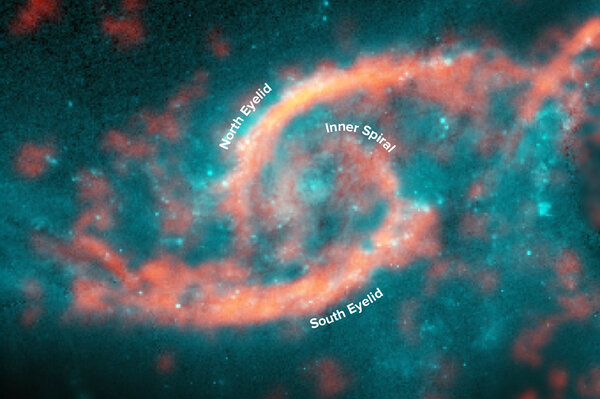 Cosmic fender-bender: Colliding galaxies create rare eye-shaped formation
Cosmic fender-bender: Colliding galaxies create rare eye-shaped formationA pair of strange, eyelid-like star clusters were produced by the grazing collision of two spiral galaxies, researchers say.
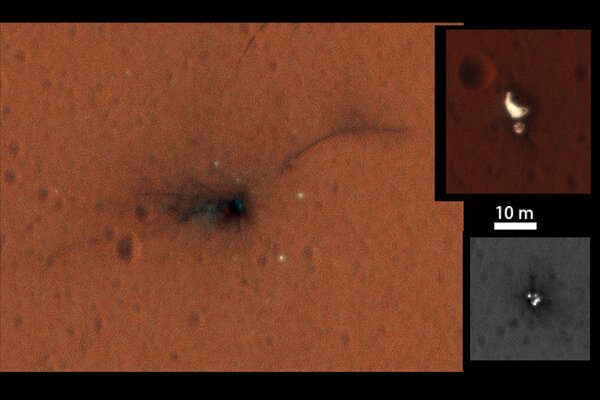 Schiaparelli's demise: What color photos of the crash site tell us
Schiaparelli's demise: What color photos of the crash site tell usThe color images, taken by a NASA orbiter, appear to show fragments of the ESA's probe on the surface of Mars. The photos are part of an ongoing investigation into what happened to Schiaparelli.
 When an alliance comes with strings attached
When an alliance comes with strings attachedWhether forged between nations, kings, or politicians, alliances typically carry obligations.
 First LookYes, we might have no bananas. Can science prevent the fruit's extinction?
First LookYes, we might have no bananas. Can science prevent the fruit's extinction?Global crops of the yellow Cavendish banana, ubiquitous in the fruit bowls of the Western world is being menaced by a fungal disease, and scientists say genetic engineering could be the answer.
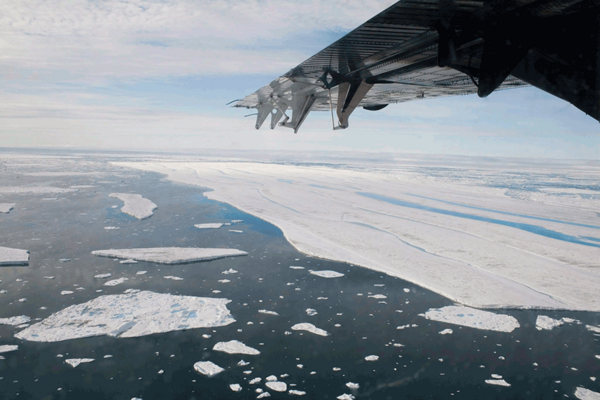 First LookWhat is that mysterious 'pinging sound' coming from the Arctic sea floor?
First LookWhat is that mysterious 'pinging sound' coming from the Arctic sea floor?An unidentified noise has confounded hunters in Canada's remote north who say the pinging sound is scaring away game.
 First LookWith another rocket success, China solidifies place in space industry
First LookWith another rocket success, China solidifies place in space industryThe new Long March 5 rocket launched successfully on Thursday. The rocket could be used to support a Chinese space station and send an uncrewed mission to Mars.
 Calculating your role in melting Arctic sea ice: How the CO2 emissions add up.
Calculating your role in melting Arctic sea ice: How the CO2 emissions add up.Climate scientists have calculated just how fast humans' carbon emissions are melting Arctic sea ice in a new study. Just 75 miles in a fossil-fuel powered car equals one square foot of ice melted Arctic ice.
 Art of the earworm: Why some songs get stuck in your head
Art of the earworm: Why some songs get stuck in your headNew research suggests that certain melodic elements can turn a song into an earworm, independent of radio popularity.
 First LookNext week's supermoon to be biggest since 1948
First LookNext week's supermoon to be biggest since 1948This month's supermoon will be the largest since 1948, as the moon swings closer to the Earth than it has been in nearly 70 years.
 First LookEgg Rock: What we learned from an iron meteorite on Mars
First LookEgg Rock: What we learned from an iron meteorite on MarsThe Curiosity mission team is studying the so-called 'Egg Rock' – a metallic nickel iron-rich meteorite – glimpsed by the Mars rover.
 Humans first settled in Australia much earlier than previous estimates
Humans first settled in Australia much earlier than previous estimatesTools, pigments, and other artifacts found in an ancient rock shelter could place humans in the Australian interior 10,000 years earlier than previously thought, say scientists.
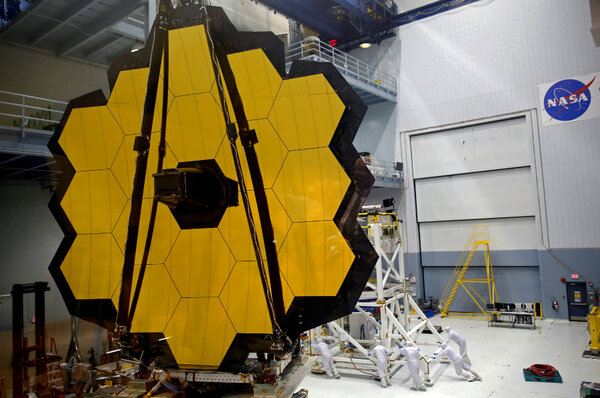 First LookCountdown to Hubble's successor, James Webb Telescope, readies for launch
First LookCountdown to Hubble's successor, James Webb Telescope, readies for launchThe biggest space telescope ever built is now complete despite previous financial setbacks and delays. After testing it is expected to launch in 2018.
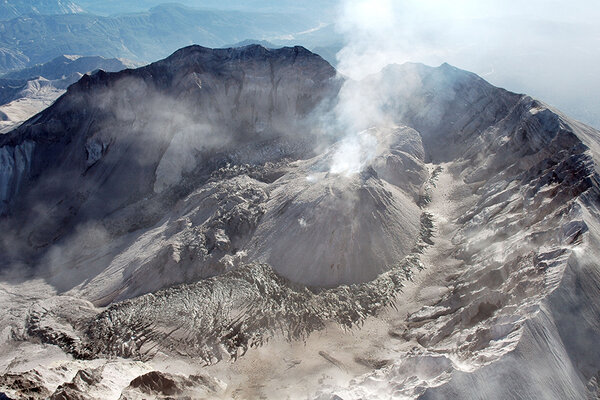 First LookMount St. Helens has a cold stone heart
First LookMount St. Helens has a cold stone heartThere's no magma in the volcano's peak. In a new study, researchers suggest that the volcano actually siphons magma from a distant source.
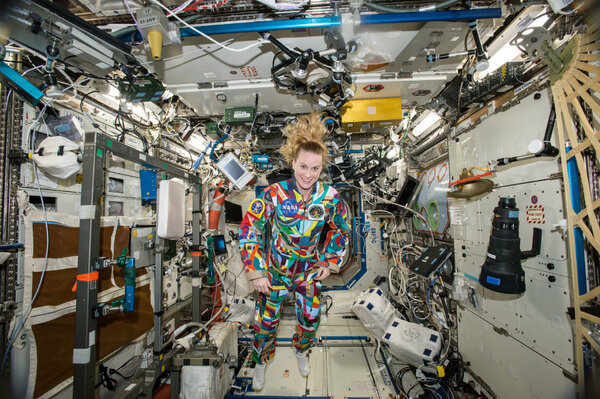 First LookTake a video tour of the International Space Station
First LookTake a video tour of the International Space StationNASA has released a 4K video of footage filmed inside the ISS, perhaps a preview of the space tourism that's to come in the near future.
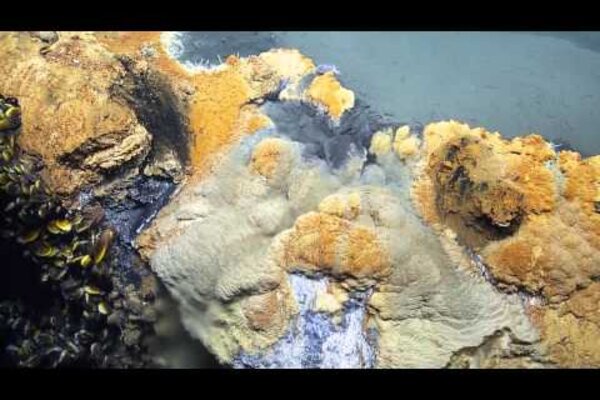 First LookHow this 'Jacuzzi of Despair' formed beneath the Gulf of Mexico
First LookHow this 'Jacuzzi of Despair' formed beneath the Gulf of MexicoScientists have discovered a briny pool - including a waterfall - in the Gulf of Mexico that has higher temperatures and salinity than the surrounding water.
 First LookWhy NASA says it can 'sniff' out life on Mars
First LookWhy NASA says it can 'sniff' out life on MarsBuilding on technology used by the US military, researchers have developed a sensor that could efficiently pick up signs of life on Mars.
 First LookWhy NASA says it doesn't like the SpaceX fueling process
First LookWhy NASA says it doesn't like the SpaceX fueling processFueling with humans on board? A NASA advisory committee says that SpaceX's unorthodox fueling procedures could spell trouble for the company's plans to hoist humans into space.
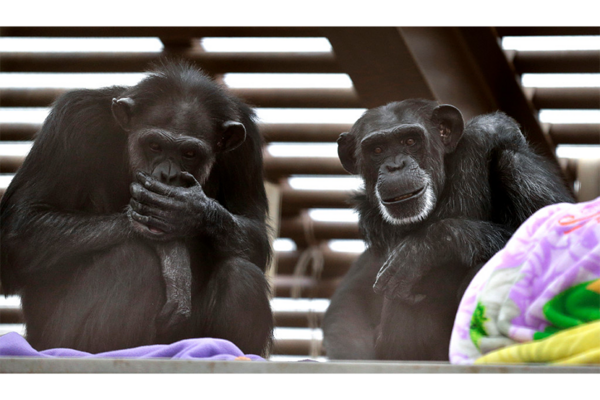 Chimps rely on their friends to feel more relaxed, say scientists
Chimps rely on their friends to feel more relaxed, say scientistsNew research suggests that close social bonds help regulate stress in chimpanzees.
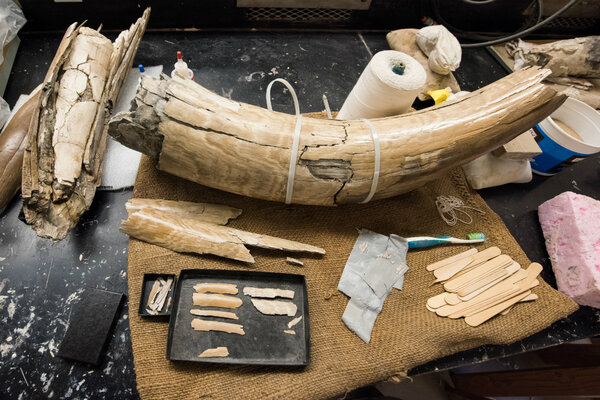 Michigan mammoth bones: Lessons about early North American settlers
Michigan mammoth bones: Lessons about early North American settlersEven if it doesn't rewrite history, the incomplete Bristle Mammoth exhibit in Michigan could still help museums convey a clearer picture of the scientific process.
 First LookWhat will we learn from mammoth exhibit at Univ. of Michigan?
First LookWhat will we learn from mammoth exhibit at Univ. of Michigan?An analysis of the bones, tusks, and teeth of the remains of an ice age mammoth found in a farmer's field in 2015 has the potential to change perceptions of prehistory.























